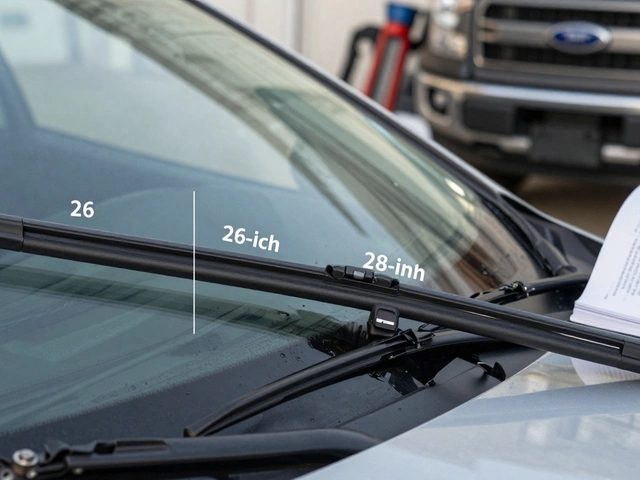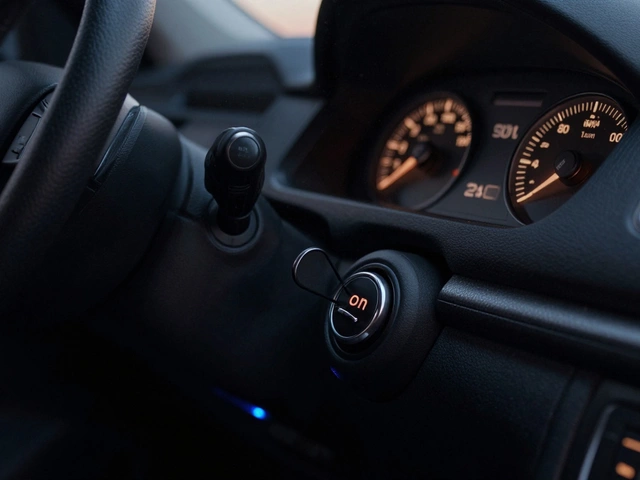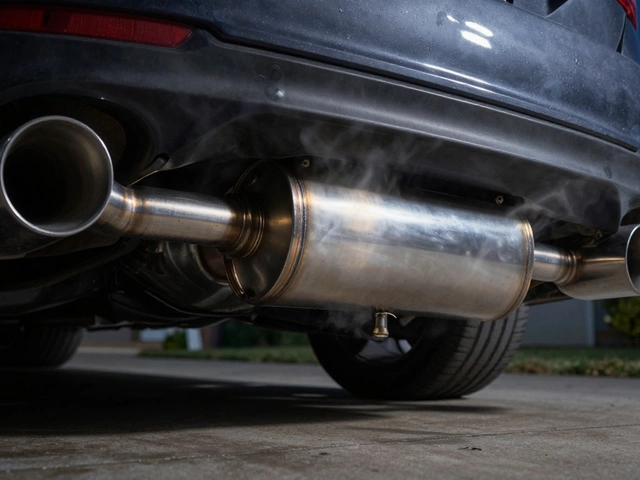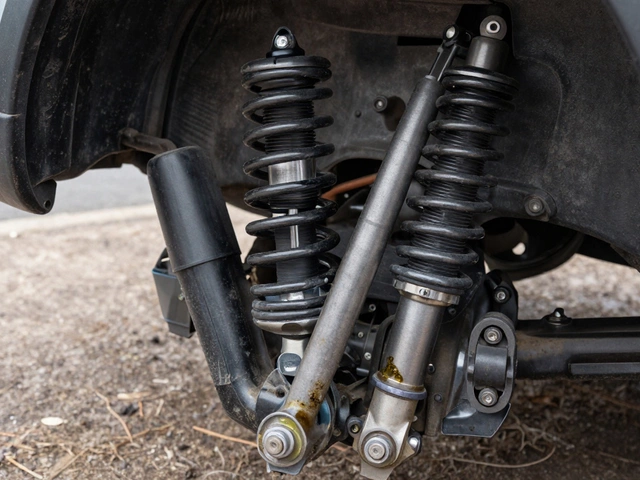Radiator Change: Costs, Signs, and What You Need to Know
When your radiator, the main component that cools your engine by circulating coolant through metal fins and tubes. Also known as a cooling radiator, it's one of the most critical parts keeping your engine from turning into scrap metal. starts leaking or overheats, you don’t have time to wait. A failing radiator doesn’t just make your car run hot—it can destroy your engine in minutes. If you’ve noticed steam under the hood, a sweet smell, or your temperature gauge climbing, you’re not imagining things. That’s your radiator begging for attention.
A cooling system, the network of hoses, water pump, thermostat, and radiator that regulates engine temperature is only as strong as its weakest link. Most radiators last between 80,000 and 100,000 miles, but age, rust, and poor coolant maintenance can cut that in half. If your car is over 10 years old and you’ve never replaced the radiator, you’re playing Russian roulette with your engine. And it’s not just about leaks. Internal clogs from old coolant or debris can block flow, making your engine overheat even if the tank looks full.
Replacing a radiator isn’t just about swapping parts. It’s about understanding why it failed. Was it a cracked tank from freezing winter temps? A corroded hose connection? A faulty thermostat that kept the engine running too hot for too long? If you ignore the root cause, you’ll pay for it again—soon. That’s why the best radiator change includes checking the water pump, the component that pushes coolant through the engine and radiator, the thermostat, and all the hoses. A mechanic who just drops in a new radiator without inspecting the rest is doing you a disservice.
Costs vary. In the UK, a basic radiator change can run from £250 to £600, depending on your car model. Luxury or older cars? Expect more. But here’s the thing: the cheapest option isn’t always the smartest. A cheap aftermarket radiator might fit, but if it’s made of lower-grade aluminum, it’ll crack again in a year. And if the job’s done wrong—air trapped in the system, wrong coolant mixed in—you’re looking at more overheating, more repairs, more cash.
Don’t wait until your car won’t start because the engine seized. A radiator change isn’t a luxury—it’s a preventative fix that saves you thousands. If you’ve seen any of these signs: coolant puddles under your car, white smoke from the exhaust, or the temperature needle in the red—you’re already in the danger zone. The posts below cover everything from how to spot early radiator failure to what you’ll actually pay in 2025, how old radiators fail, and why skipping coolant flushes is the #1 reason people end up with a blown engine. You’ll find real cost breakdowns, DIY tips that actually work, and the signs most drivers miss until it’s too late. Read them before you call a tow truck.





